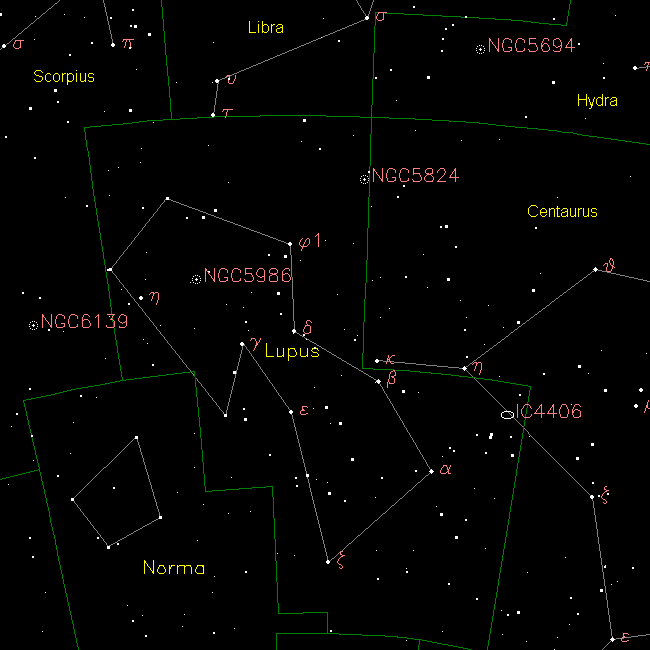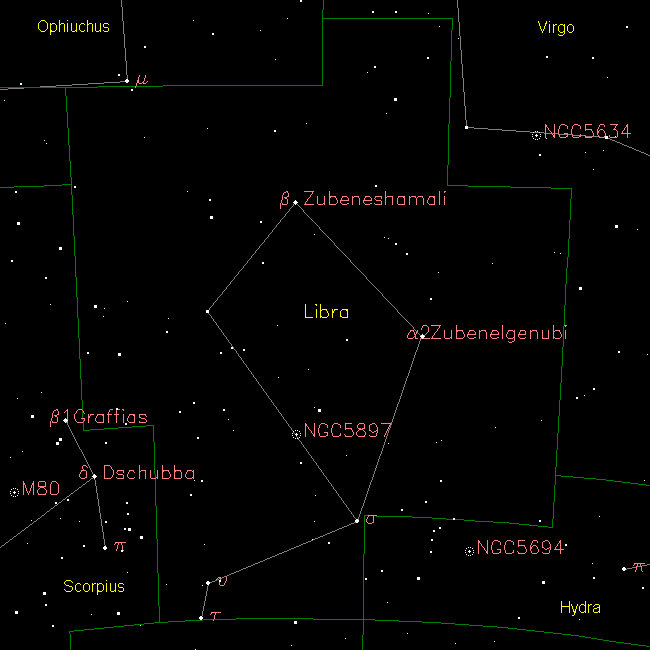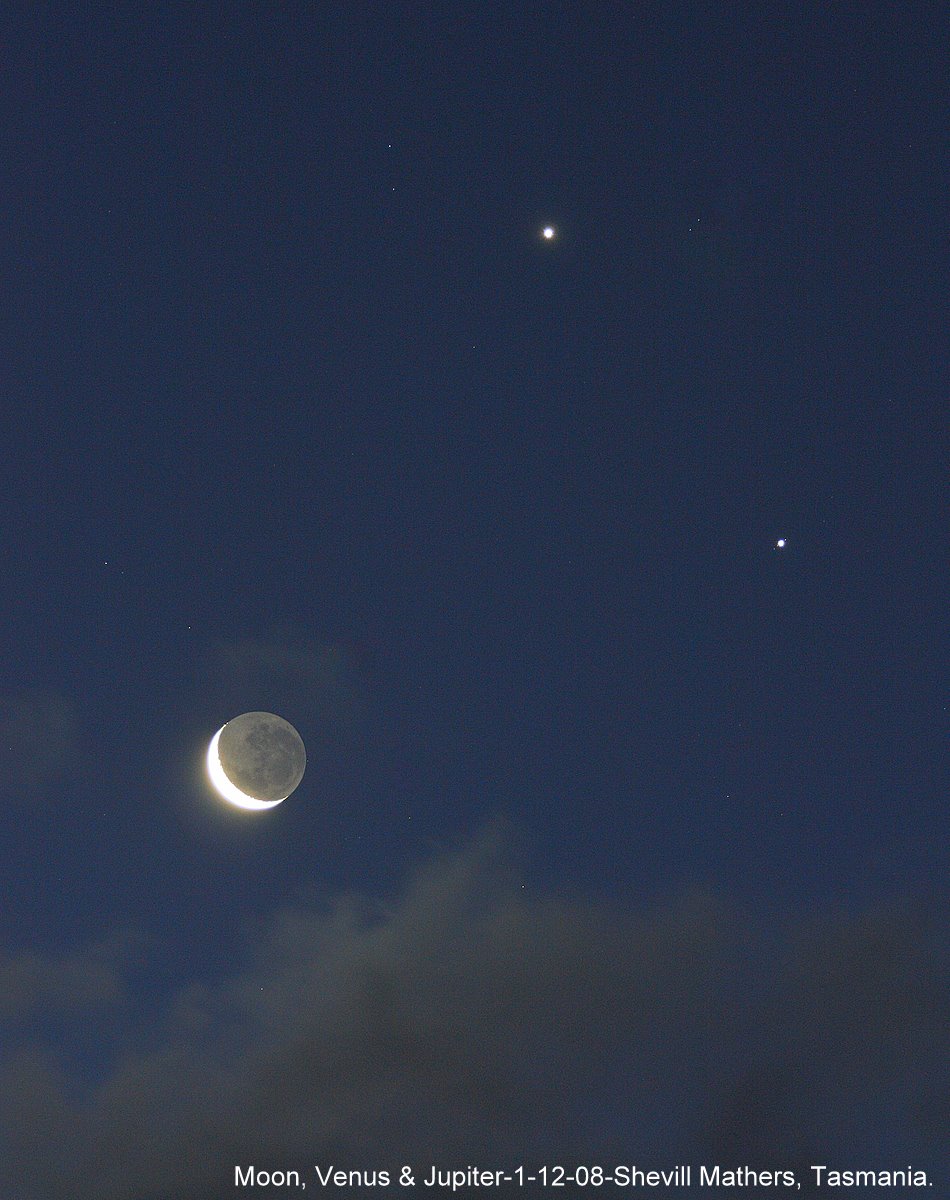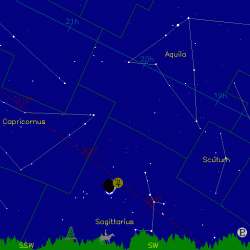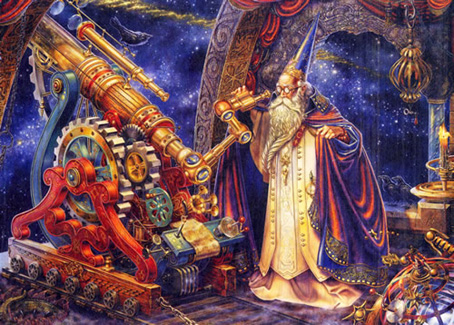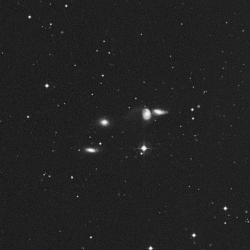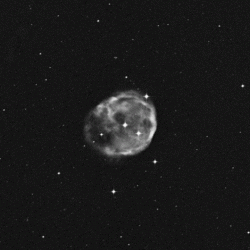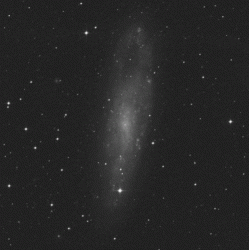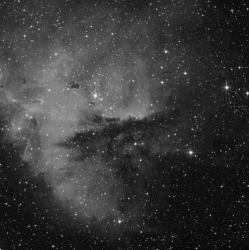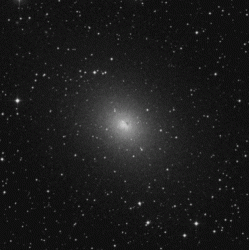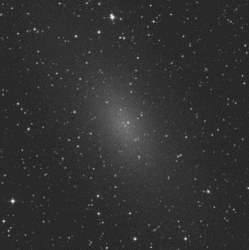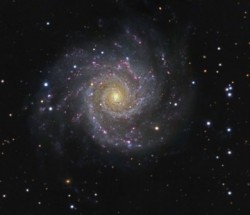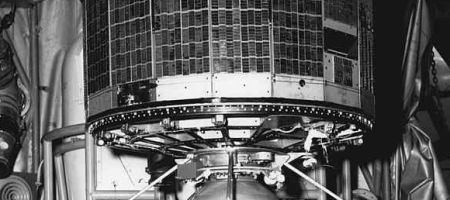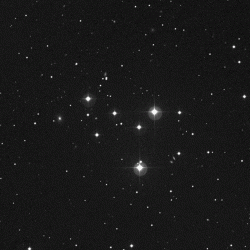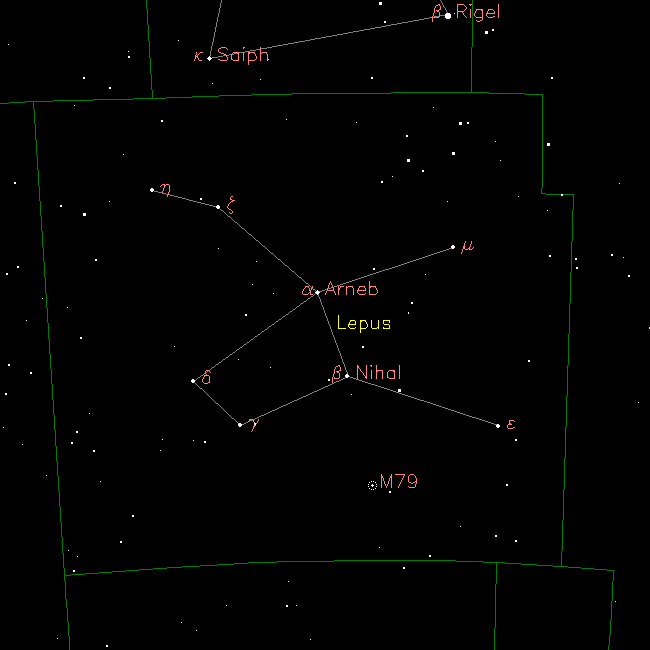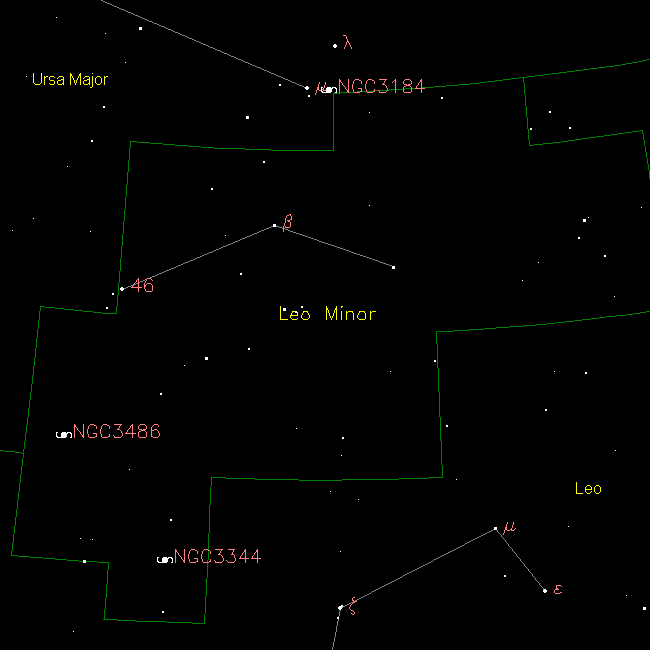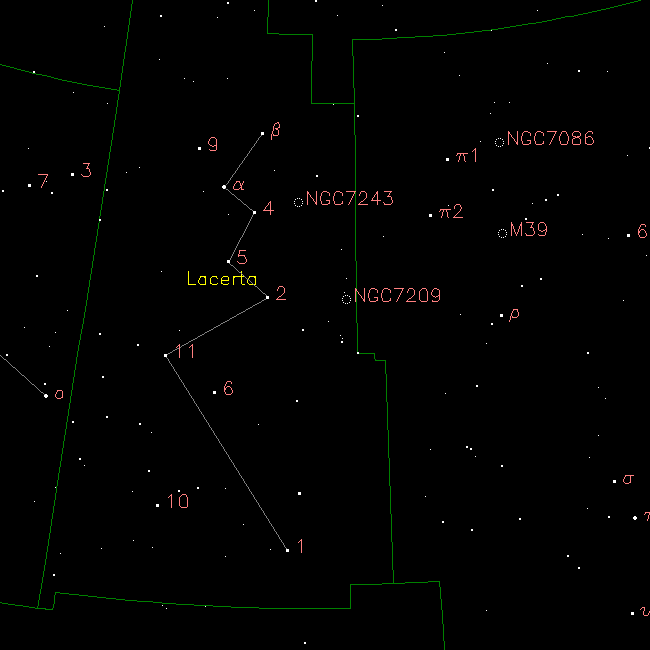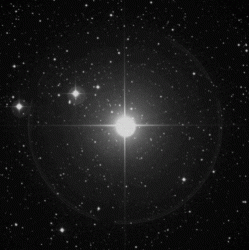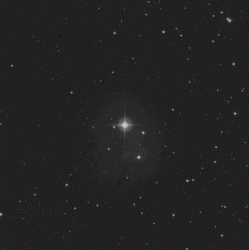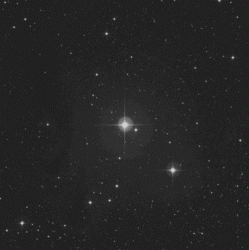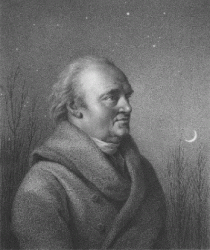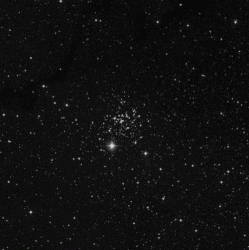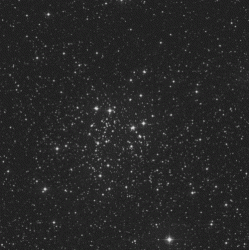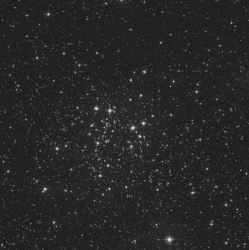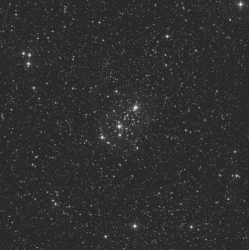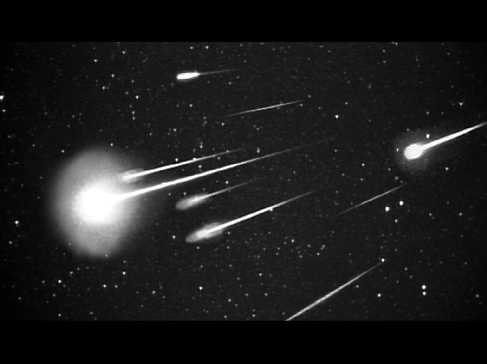[/caption]
Located south of the ecliptic plane, the constellation of Lupus was once associated with Centaurus, but was listed as a separate constellation in Ptolemy’s Almagest. It survived to become one of the 88 modern constellations recognized by the International Astronomical Union. Lupus covers around 334 square degrees of sky and contains 9 stars in its asterism with 41 Bayer Flamsteed designated stars confined within its area. It is bordered by the constellations of Norma. Scorpius, Circinus, Centaurus, Libra and Hydra. Lupus can be seen by all observers located at latitudes between +35° and ?90° and is best seen at culmination during the month of June.
In mythology, Lupus represents the Wolf and was once thought to represent the wild African dog associated with the mythical first king of Arcadia. The stars were only a representation of some type of creature – a beast – caught by the Centaur and about to be slain. Actually, no animal even entered the picture until Ptolemy called it Lupus and the Latin translation transformed it from the “beast” into a wolf!
Let’s start our binocular tour of Lupus with Alpha Lupi – the “a” symbol on our map. Known as Men, the “Star of Fortune” is a Beta Cephii variable star located about 550 light years from Earth. Its magnitude changes happen every 6 hours and 14 minutes – just like clockwork – but they aren’t very radical. Even a sharp-eyed observer isn’t likely to notice a .03 stellar magnitude drop in this blue giant star! But pay a little closer attention. Do you see a companion there? Even though it’s only an optical double star, it helps to make Men just a little bit more interesting!
Now turn your binoculars towards Beta Lupi – the “B” symbol on our map. Kekouan is also a blue giant star and is similarly distant at about 525 light years from our solar system. It’s another one of those hot class B stars that shine in that wonderful blue/white light and part of the expanding “Upper Centaurus Lupus” (UCL) OB association. What would it be like if it were closer? Try 13,600 brighter than our Sun. It’s a subgiant right near the end of its life and very near to becoming a red supergiant star…. and one day… a supernova!
Travel on in binoculars to the next star in the Association – Gamma Lupi – the “Y” symbol on our map. Gamma’s proper name is Thusia, meaning “The Sacrifice”, but the only thing you’ll have to sacrifice is a moment of your time to take a look through the telescope, because Thusia is a binary star. Located 567 light years from Earth, the blue/white primary is a giant star in its own right, accompanied by a very close companion whose orbit takes it nearly edge on from our perspective with a maximum separation of about .68″. Also try your luck with Epsilon Lupi, the “E” symbol. It, too, is a close binary star with about the same separation and 3.5 and 5.5 magnitude components.
Keep the telescope handy to look up NGC 5824 (RA 15:03:58.5 Dec -33:04:04). Located about 105 light years from where you’re reading, this globular cluster was first discovered by James Dunlop and recovered independently by E.E. Barnard. At around magnitude 9 and a little on the small side, you’ll find it relatively bright with a slightly off-centered, concentrated core region and a bit of resolvability around the edges for larger aperture.
Try your hand at planetary nebula IC 4406 (RA 14:22:26 Dec -44:09:04) too. This bi-polar nebula often goes by the popular name “The Retina Nebula” and will appear almost square because of the angle on which we see it. Chances are, it’s a hollow cylinder, just like all torus shaped planetaries – we just happen to be catching it from the side. At magnitude 10, it’s not going to wow you like the Hubble images will, but it is still a very worthy target for a larger telescope that will show a little detail.
Small, rich field telescopes and larger binoculars will be happy to take a look at NGC 5822 (RA 15:05.2 Dec -54:21). Spanning 40 arc minutes and shining away at magnitude 7, this well populated open cluster is so huge it will appear like a star cloud. Don’t be fooled into thinking your resolving it when you’re picking out foreground stars! NGC 5822’s population runs into the hundreds and its members average around stellar magnitude 13 and fainter. It will be hard to pick out from the rich Milky Way Galaxy star fields!
Don’t leave the telescope until you’ve tried galactic cluster NGC 5749 (RA 14 48.9 Dec -54 31). In a low power eyepiece, this star cluster will look like a just a loose group of stars which almost blend with the background star field. Containing around 35 members with the brightest about magnitude 10, keep to lower magnification to keep the target in site!
Cutting through our Milky Way galaxy at a rough angle of about 18 degrees is a disc-shaped zone called Gould’s Belt. Lupus is part of this area whose perimeter contains star forming regions which came to life about 30 million years ago when a huge molecular cloud of dust and gas was compressed – much like in the Orion area. In Lupus we find Gould’s Belt extending above the plane of the Milky Way!
Locate Theta Lupi and head around five degrees west for NGC 5986 (RA 15 46 03 Dec 37 47 10), a 7th magnitude globular cluster which can be spotted with binoculars with good conditions. While this Class VII cluster is not particularly dense, many of its individual stars can be resolved in a small telescope. Now sweep the area north of NGC 5986 (RA 17 57 06 Dec 37 05 00) and tell me what you see. That’s right! Nothing. This is dark nebula B 288 – a cloud of dark, obscuring dust which blocks incoming starlight. Look carefully at the stars you can see and you’ll notice they appear quite red. Thanks to B 288, much of their emitted light is absorbed by this region, providing us with a pretty incredible on-the-edge view of something you can’t see – a Barnard dark nebula.
Now let’s have a look at some things gravitationally bound as we start at Eta Lupi – the “n” symbol on our map. Eta is a fine double star which can even be resolved with binoculars. Look for the 3rd magnitude primary and 8th magnitude secondary separated by a wide 15″. You’ll find it by starting at Antares and heading due south two binocular fields to center on bright H and N Scorpii – then one binocular field southwest (RA 16 00 07 Dec 38 23 48).
When you are done, hop another roughly five degrees southeast (RA 16 25 18 Dec 40 39 00) to encounter the fine open cluster NGC 6124. Discovered by Lacaille and known to him as object I.8, this 5th magnitude open cluster is also known as Dunlop 514, as well as Melotte 145 and Collinder 301. Situated about 19 light-years away, it will show as a fine, round, faint spray of stars to binoculars and be resolved into about 100 stellar members to larger telescopes. While NGC 6124 is on the low side for northern observers, it’s worth the wait for it to hit its best position. Be sure to mark your notes, because this delightful galactic cluster is a Caldwell object and a southern skies binocular reward!

